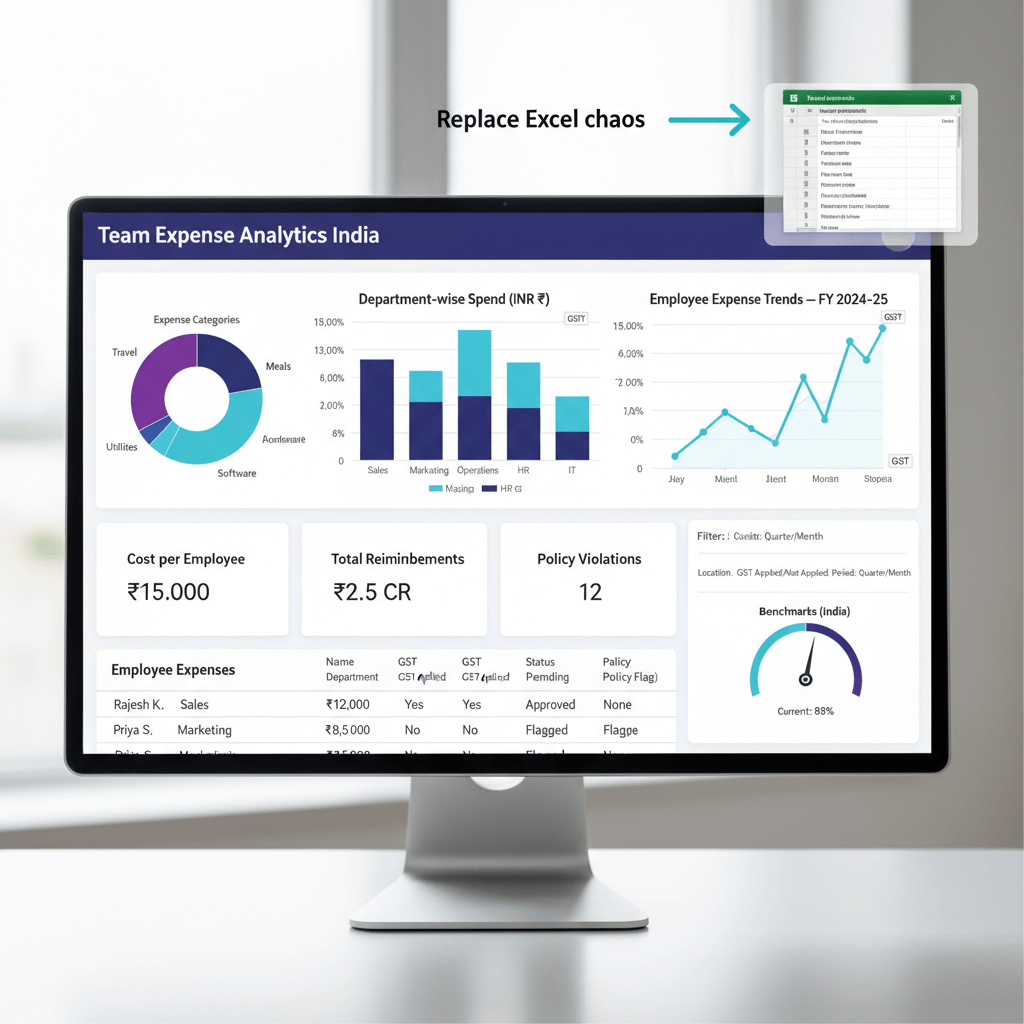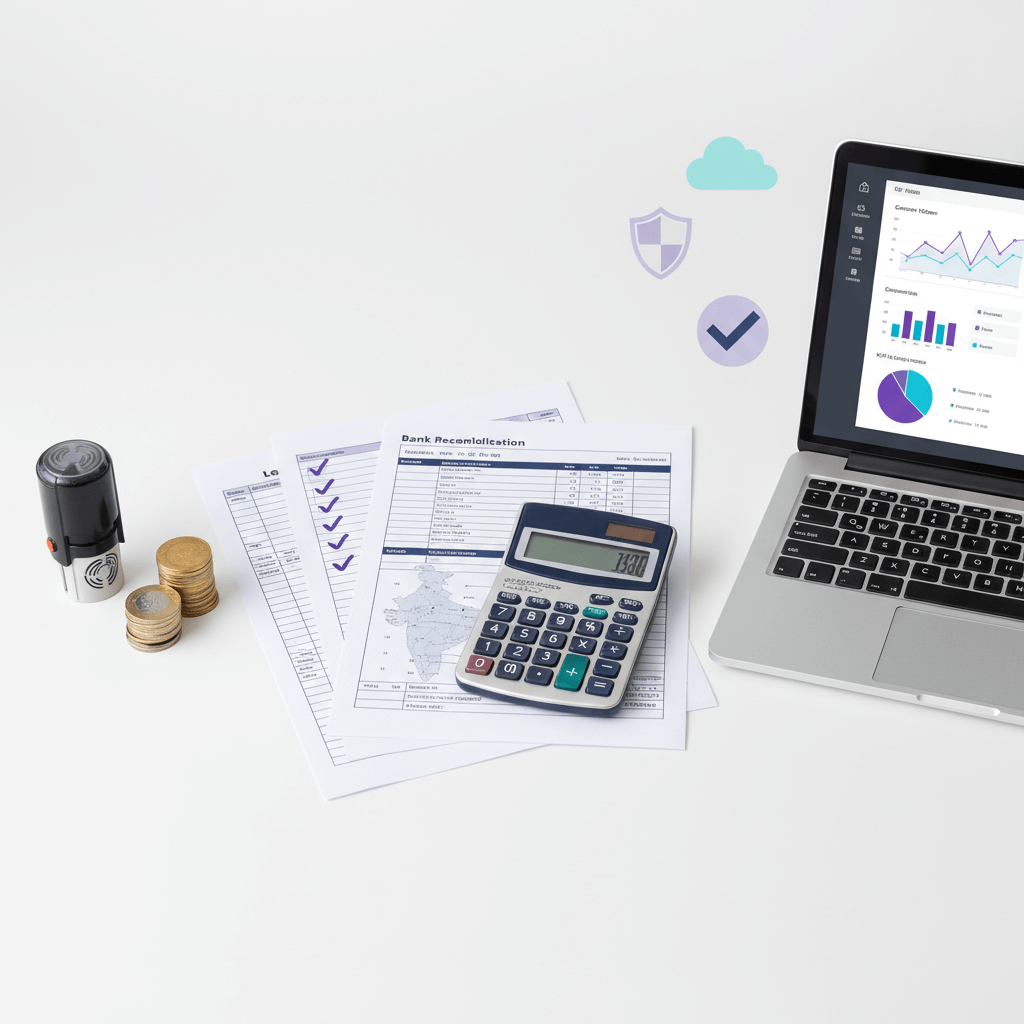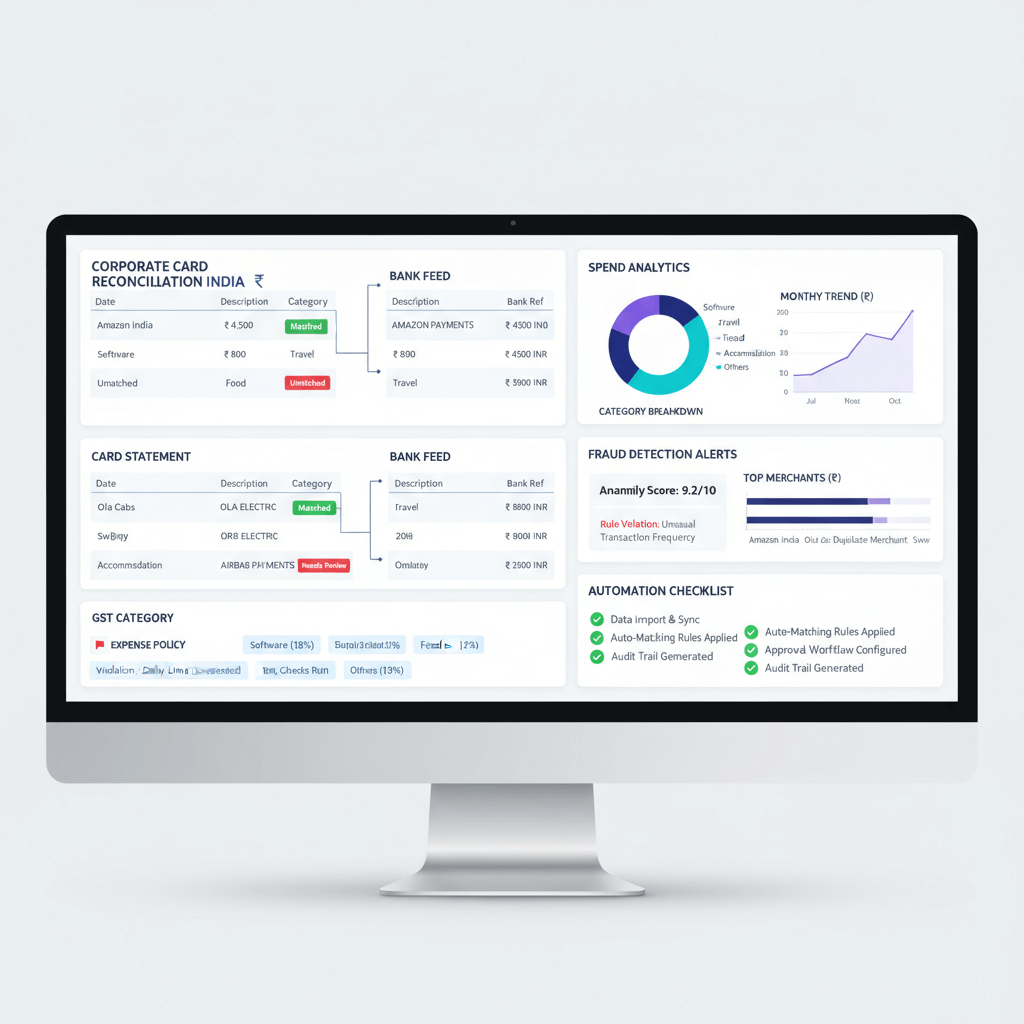Key takeaways
- Automation enhances service quality and allows premium pricing.
- Fixed fee for repeatable work, hourly for advisory, hybrid approach recommended.
- Accurate scoping by transaction volume, complexity, and data quality builds profitable proposals.
- Leveraging tools like AI Accountant can streamline processes and boost margins.
- Clear proposals and value-based negotiation drive client confidence and sustainable fees.
Table of Contents
- Key takeaways
- Why Pricing Strategy Matters in Outsourced Accounting Services
- Fixed Fee vs Hourly Pricing for CAs
- How to Scope Bookkeeping Work Effectively
- Crafting an Effective Proposal Template for Accounting Services
- How to Negotiate Fees with Small Business Clients
- Common Pricing Mistakes CAs Should Avoid
- Leveraging Technology to Improve Pricing Power
- Conclusion and Key Takeaways
- FAQ
Why Pricing Strategy Matters in Outsourced Accounting Services
The accounting profession in India is transforming, moving from pure compliance to value-added advisory. Traditional pricing models often fall short because they focus on hours rather than outcomes. Modern tools can automate routine tasks like data entry and reconciliation, improving accuracy and speed. For detailed best practices, see bank reconciliation automation best practices. Clients now expect predictable costs, clear deliverables, and actionable insights.
Consider this scenario: Two CAs quote for the same client. One charges ₹15,000 per month and promises manual bookkeeping with quarterly reports. Another charges ₹18,000 per month and offers automated daily reconciliation, real time dashboards, and monthly financial insights. The second CA wins because they clearly articulated superior value.
Automation doesn’t just reduce your costs, it elevates your service quality. Clients get faster, more accurate books and better visibility. Learn more in our AI accounting software India guide. Benchmarking against industry rates can help too; explore different outsourcing pricing models or review the cost of accounting outsourcing services to India.
Fixed Fee vs Hourly Pricing for CAs
Fixed Fee Pricing
Fixed fees offer predictability for clients and stable revenue for your practice. Ideal services include:
- Monthly bookkeeping and reconciliation
- Regular GST return filing
- Standard financial reporting
- Routine compliance work
Advantages: Simple sales conversations, predictable margins, scalable with automation.
Risks: Underestimating scope or dealing with scope creep without clear change management.
Hourly Pricing
Hourly rates suit variable workloads and bespoke projects:
- One-time catch-up work
- Complex audit preparation
- Strategic financial consulting
- Projects with uncertain scope
Pros: Fair compensation for unpredictable work. Cons: Budget-sensitive clients may hesitate, revenue can fluctuate.
Making the Right Choice
A hybrid model often works best: fixed fees for core processes and hourly rates for advisory or irregular tasks. When tools like AI Accountant handle routine entries, fixed fees become more profitable and predictable.
How to Scope Bookkeeping Work Effectively
Accurate scoping underpins profitable pricing. Key elements:
- Transaction Volume: Assess average monthly transactions across bank accounts, cards, and digital platforms.
- Entity Complexity: Number of legal entities, branches, and accounts.
- GST Compliance: Registration status, filing frequency, and transaction complexity.
- Accounts Receivable/Payable: Volume of customers and suppliers, payment terms.
- Historical Backlog: Catch-up requirements and data cleanup.
- Data Quality: Digital records versus paper receipts.
- Reporting Needs: From basic P&L to detailed management dashboards.
Upload sample statements to get precise counts and complexity assessments with our bank statement OCR tool guide. For consolidation and cost benchmarks, see the cost to outsource accounting.
Crafting an Effective Proposal Template for Accounting Services
An engaging proposal builds trust and clarity. Include:
- Executive Summary: Brief on client’s needs and your solution.
- Scope of Services: Detailed deliverables and frequency.
- Timeline & Milestones: Turnaround times per task or report.
- Pricing & Payment Terms: Fixed fee or hourly, billing cycles, change-order process.
- Value Proposition: Highlight automation benefits from AI Accountant.
- Terms & Conditions: Data security, confidentiality, termination clauses.
- Acceptance: Signature and next steps.
Use visuals like flowcharts or sample dashboards to reinforce professionalism and clarity.
How to Negotiate Fees with Small Business Clients
Negotiation is about value, not discounts. Emphasize outcomes and tailor your pitch:
“With approximately 500 transactions monthly, our automated processing ensures your books are current within 48 hours of month end. You’ll have real time visibility into cash flow, outstanding receivables, and key metrics that help you make better business decisions.”
Tips:
- Anchor High: Start with the value-added package, then present a basic tier.
- Offer Trials: A one-month pilot at a lower rate to demonstrate ROI.
- Bundle Services: Combine bookkeeping, GST filing, and dashboarding for a clearer package.
- Use Data: Share benchmarks from cash flow dashboard template to justify fees.
Common Pricing Mistakes CAs Should Avoid
- Under-estimating backlogs and data cleanup.
- Ignoring client’s budget cycles and payment terms.
- Failing to document scope and change orders.
- Competing solely on price instead of value.
- Neglecting to leverage automation benefits—see AI-powered data entry 2025.
Leveraging Technology to Improve Pricing Power
Adopt tools that drive efficiency and free you for advisory work. When AI Accountant handles routine entries and reconciliations, you can focus on analysis, strategy, and higher-value services. Learn about AI accounting software automation to stay ahead.
Conclusion and Key Takeaways
Effective pricing is a balance of value, predictability, and profitability. Use a hybrid model to match service types, scope accurately with data, and highlight automation benefits to justify your fees. Position yourself as an indispensable partner, and pricing discussions will become opportunities to reinforce your value rather than hurdles.
FAQ
How should I price monthly bookkeeping services for a small retail client?
Assess transaction volume, entity complexity, and reporting needs. Use a fixed fee based on automation capacity with AI Accountant to ensure consistent margins and client predictability.
What factors determine the cost of reconciliations using AI tools?
Key factors include number of accounts, average monthly transactions, data quality, and the level of exception handling required. AI Accountant’s algorithms can classify most entries, reducing manual effort and cost.
Can I switch from hourly to fixed fee without losing profitability?
Yes—start by automating routine tasks and benchmarking actual hours. Then set a fixed fee 10-20% above your cost-plus rate to capture efficiency gains.
How do I scope catch-up bookkeeping work accurately?
Request sample bank statements to quantify backlog. With AI Accountant, you can upload past months and get a data-driven estimate of time and effort required.
What’s the best way to present a proposal to a tech-savvy client?
Use visuals, flowcharts, and sample dashboards. Emphasize your use of AI Accountant and automation, and include a pilot phase to prove ROI.
How do I handle scope creep in a fixed-fee engagement?
Define change-order processes in your proposal. Charge hourly for extra work and communicate scope boundaries clearly from the outset.
Is a hybrid pricing model suitable for advisory services?
Absolutely. Use fixed fees for bookkeeping and compliance, and hourly rates for strategy, budgeting, and financial consulting. This ensures fair compensation for non-standard work.
How can I justify a price increase to an existing client?
Highlight new automation features, improved turnaround times, and added advisory insights from AI Accountant. Share benchmarks and case studies to reinforce value.
What mistakes should I avoid when quoting offshore clients?
Avoid underestimating local compliance requirements, currency fluctuations, and communication overhead. Factor in time zone coordination and quality checks.
How do I stay competitive while maintaining margins?
Continuously refine processes with automation, outsource non-core tasks, and bundle value-added services. Highlight your unique advisory expertise and tech capabilities.

-01%201.svg)



